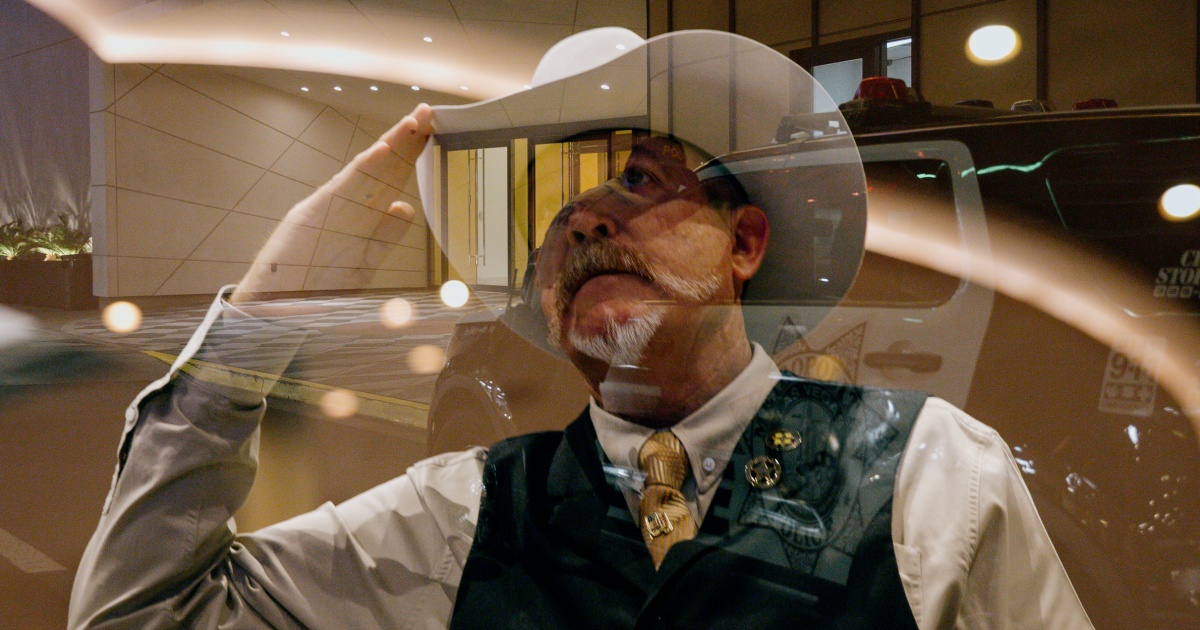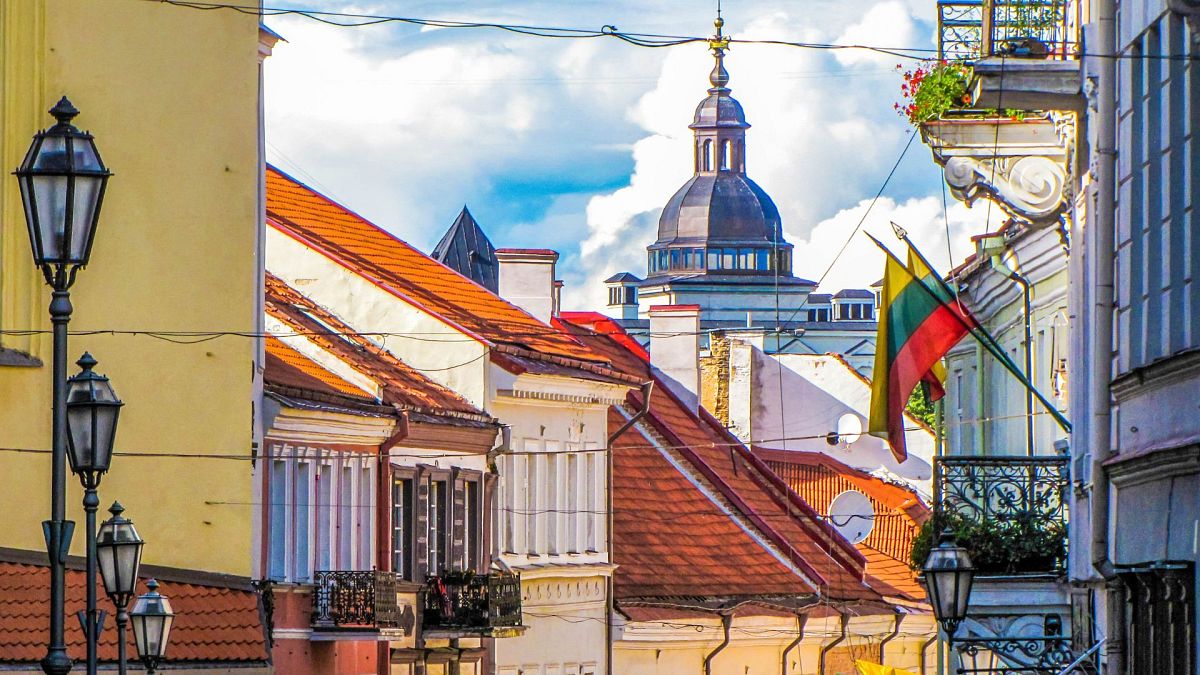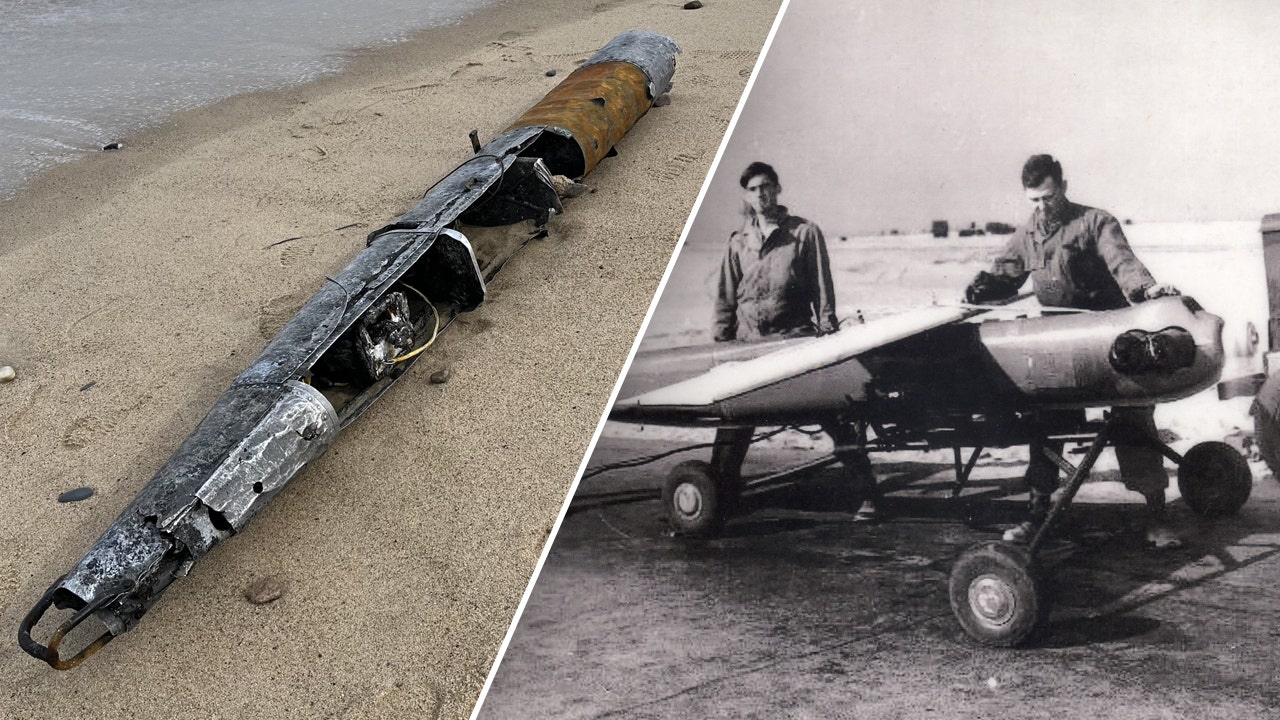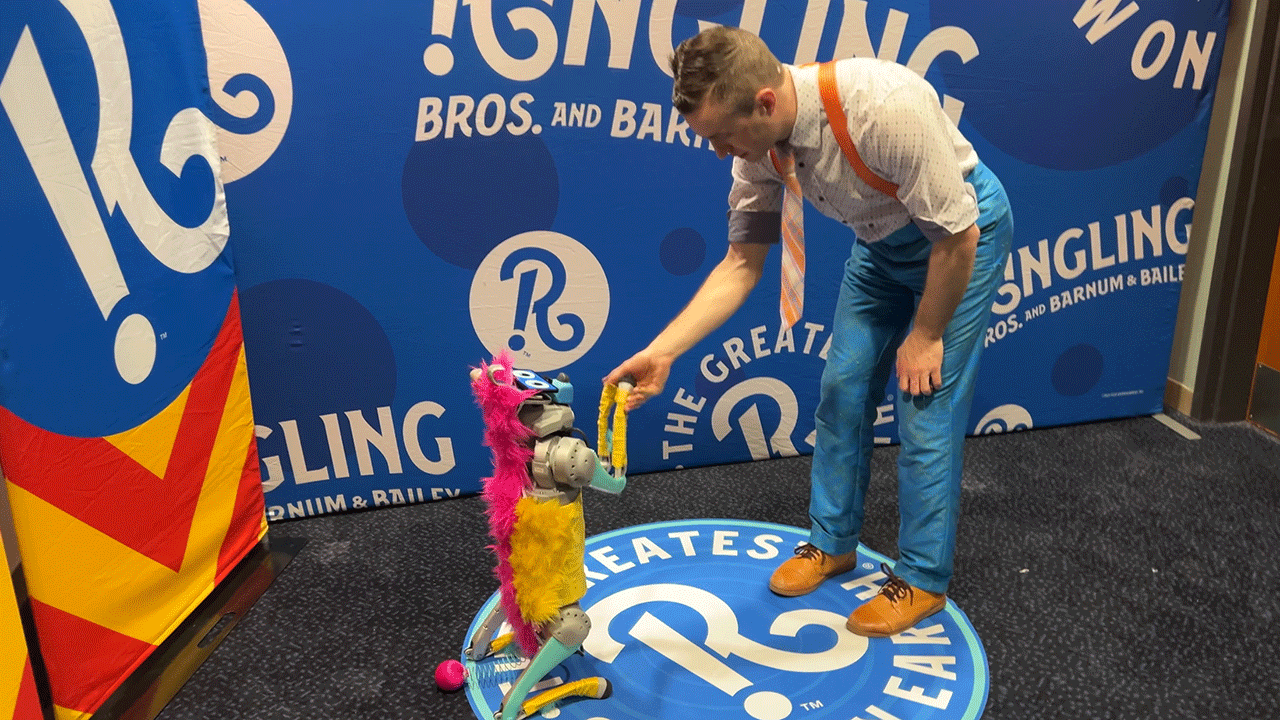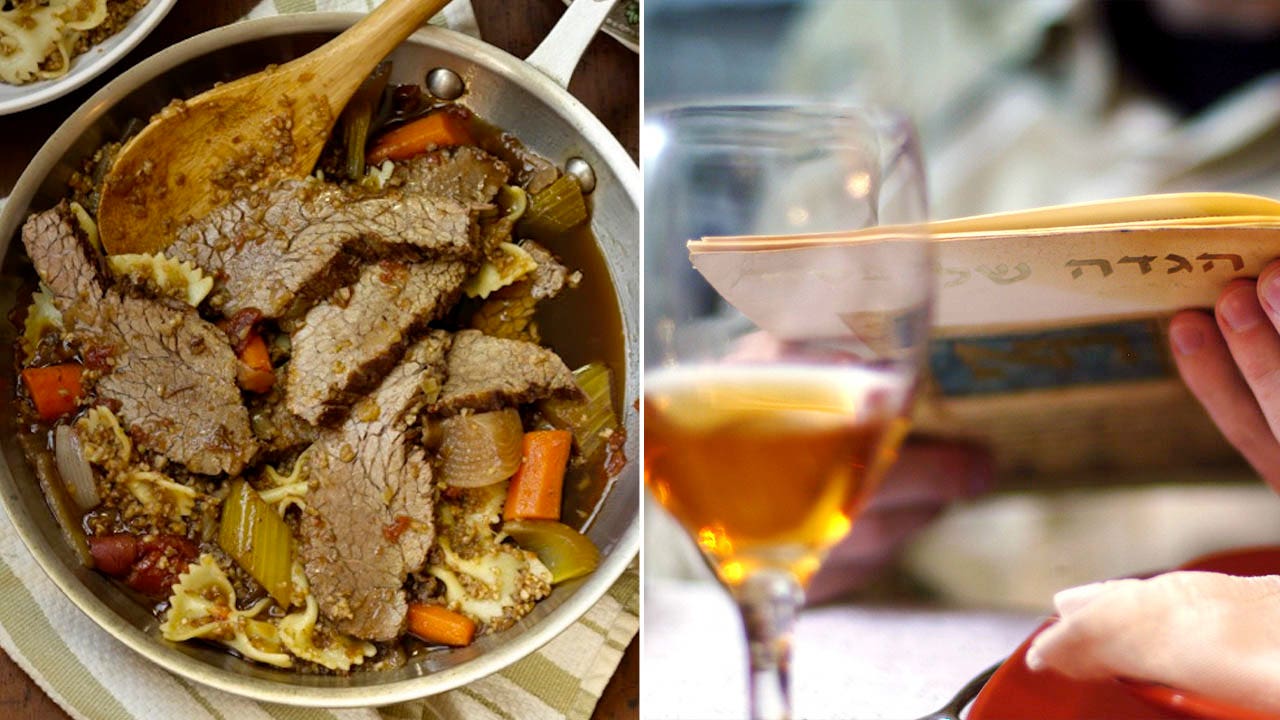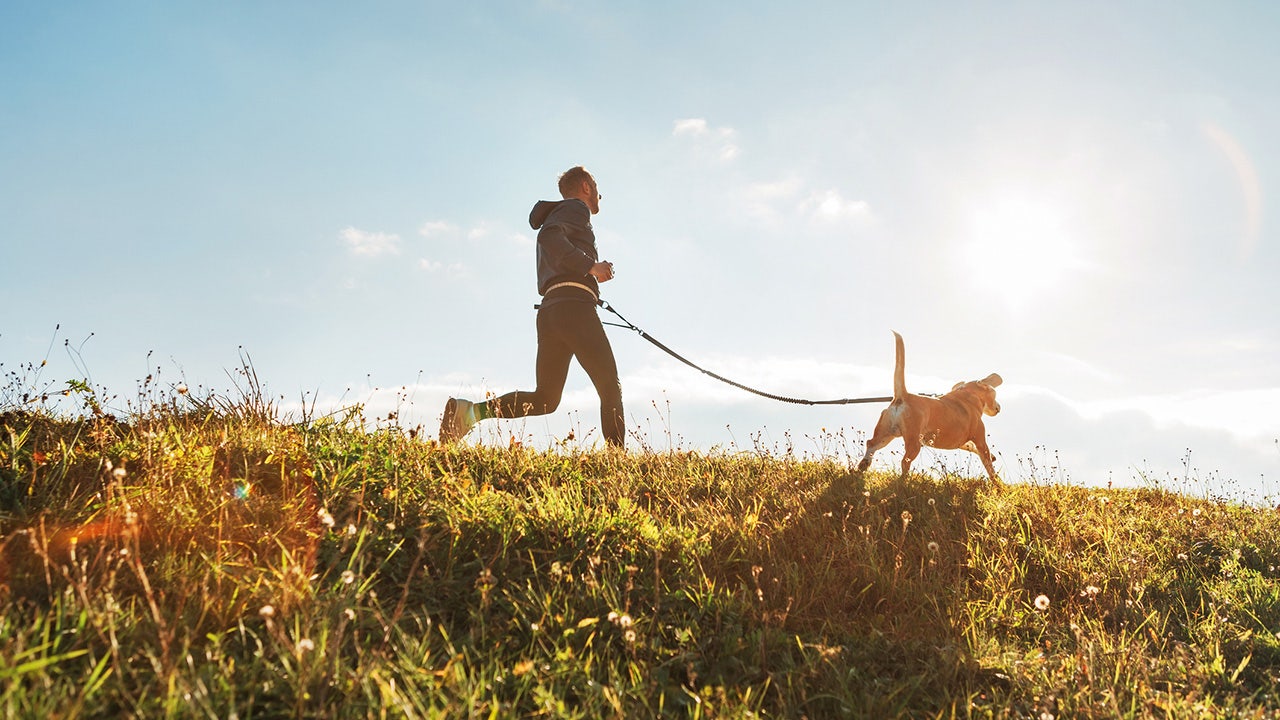By Ally Wybrew. Video Editor: Rafał Bociek
It’s about to get easier to get to Lithuania. Here’s why you should add it to your holiday hit list.
As well as beautiful, lush landscapes, rich cultural heritage and excellent transport connections, Lithuania boasts diverse accommodation options from glamping to spa hotels. Travellers can experience its curious cultural quirks such as museums dedicated to devils, basketball, cats and clocks.
In 2024, the Baltic country is looking to show the world what it has to offer, making efforts to establish better connections with Europe, highlight its holistic outdoor experiences and showcase its rich history.
We take a look at how Lithuania is tempting travellers this year.
Lithuania’s connections are good – but they’re about to get better
Lithuania is already a well connected destination within Europe, with regular flights to most international locations running from its three primary airports in Vilnius, Kaunas and Palanga.
According to Olga Goncarova, Director of the National Tourism Development Agency travelling to Lithuania is about to get even better.
“Right now, we’re seeking new, better routes. For example in Germany, we’re looking at a Hamburg to Vilnius route,” she explains. “There are also plans to connect with Israel, so possibly a Tel Aviv to Vilnius or Kaunas link.”
Just last year Austrian Airlines launched a new air travel route between Vienna and Vilnius. Goncarova also plans to work with Lithuanian Airports – a company which manages the activities of the country’s three primary airports – to discuss how to make the destination even “visible and better connected with Europe”.
Works are also underway to improve rail links.
The Rail Baltica project is set to connect Lithuania, Latvia and Estonia with Warsaw and the rest of Europe. Over the past couple of years rail routes have opened up between the country’s capital and Riga in Latvia and Warsaw in Poland.
Once completed, Rail Baltica will connect Tallinn, Kaunas and more Baltic cities with their Polish neighbours. Goncarova hopes the project will be finished by 2029.
A mild climate makes Lithuania a great alternative summer destination
With many travellers now avoiding traditional summer hotspots such as the Mediterranean for fear of overheating, Lithuania offers a refreshing, year-round alternative.
In the summer months, temperatures tend to hover around the mid-20 degree Celsius, making it the ideal time to explore the country’s plethora of lush forests, lakes and diverse flora and fauna.
Five national parks offer great opportunities for adventure travellers and outdoors enthusiasts, with hiking, mountain and e-biking as well as kite surfing and canoeing commonplace across the country.
Highlights include Zemaitija National Park, which blends wetlands and forests with serene lakes and a unique cultural heritage: the region was one of the last to convert from Paganism to Christianity.
Over on Lithuania’s Baltic Sea-side coast, the iconic Curonian Spit – a vast, 98 km sand dune – stretches down the coastline to join Russia’s Kaliningrad Oblast. Nida is one of the main towns on the spit and is a great starting point for visitors. Colourful fishermen’s houses, a variety of museums and a promenade along the Curonian Lagoon provide a great introduction to the area.
Spring’s mild weather is the ideal time to kayak on any of Lithuania’s more than 6,000 lakes, or perhaps head skywards to take in its landscapes via hot air balloon. Alternatively, visitors can get more hands-on in places such as Klaipėda, an old port town, part of which is UNESCO-listed. Here, local fishermen take visitors out into the Baltic Sea and teach them how to fish for local fare such as sea trout, salmon and cod.
Autumn yields copper, gold and burnt orange tree-lines in a panorama pretty enough to rival Vermont, while winter brings ice skating on frozen lakes, skiing and festivities.
Christmas markets pop up across the country and visitors are given the chance to learn about Lithuania’s traditions from the locals – such as the 12 dishes prepared across the country on Christmas Eve. The dishes are made up primarily of fish and vegetables, as well as traditional pastries such as kūčiukai (sweet, spherical pastries made from leavened dough and poppy seeds).
Lithuania’s historic sites are seriously scenic
It’s always a good sign when part of a country’s capital is listed as a UNESCO Heritage Site, and that’s the case in Vilnius, Lithuania’s capital.
Vilnius’ old town is one of the largest surviving medieval old towns in Northern Europe and sports an impressive array of different architectural styles. With all cobbled paths, sand-coloured facades and terracotta-covered roofs, wandering the streets here is an education in baroque, renaissance and neoclassical style.
Lithuania is home to four other UNESCO sites as well. One, the Kernavė Archaeological Site, holds evidence of human settlements dating back over 10 millennia. Visitors can wander between the ruins of old forts, settlements and burial sites.
Other UNESCO highlights include the Curonian Spit, an architecturally significant area in Kaunas’ city centre and parts of the Struve Geodetic Arc. The latter is a collection of triangulations reaching from Norway to the Black Sea and which helped determine the first accurate segment of one of the planet’s meridians. The arc reaches through 10 countries and is over 2,820 km long.
Not UNESCO-listed, but not to be missed, is the postcard-perfect Trakai Castle. Just 29 km from Vilnius, this stunning castle dates back to the 15th century (though it was rebuilt in the 1950s) and its island-bound position in the middle of Lake Galvė rivals even Bled Castle’s scenic credentials.
